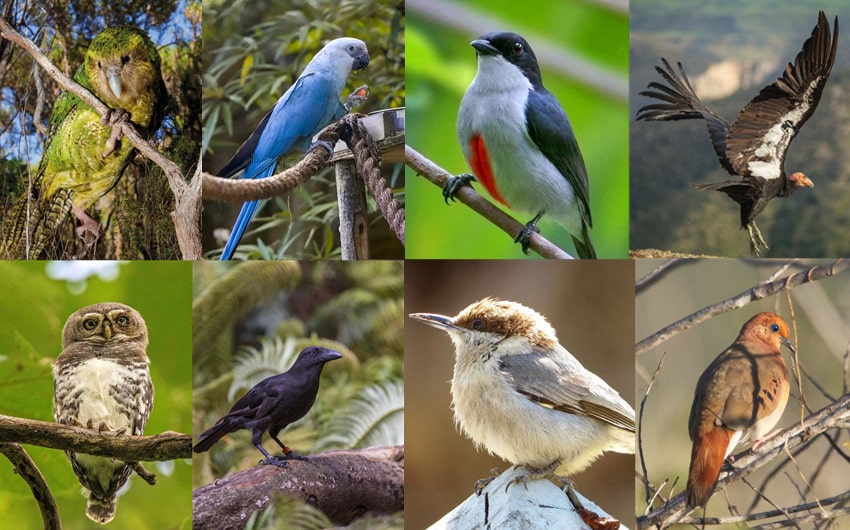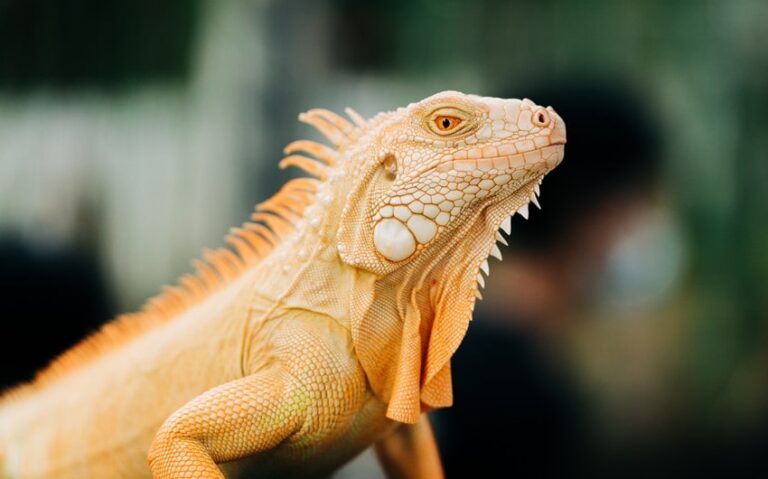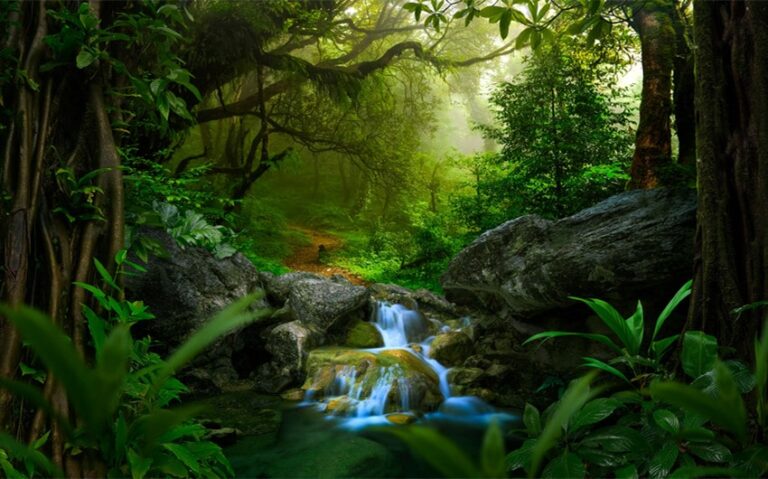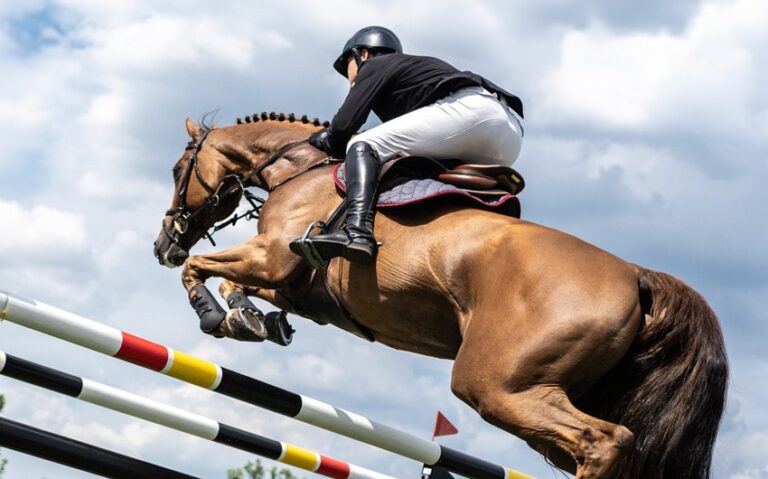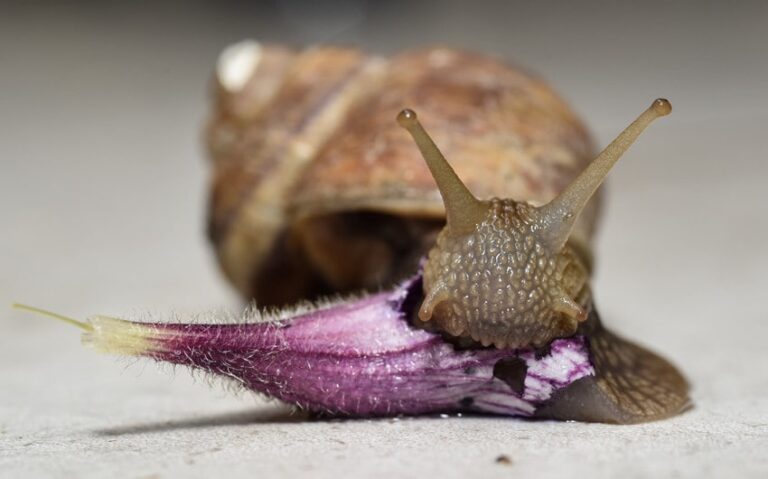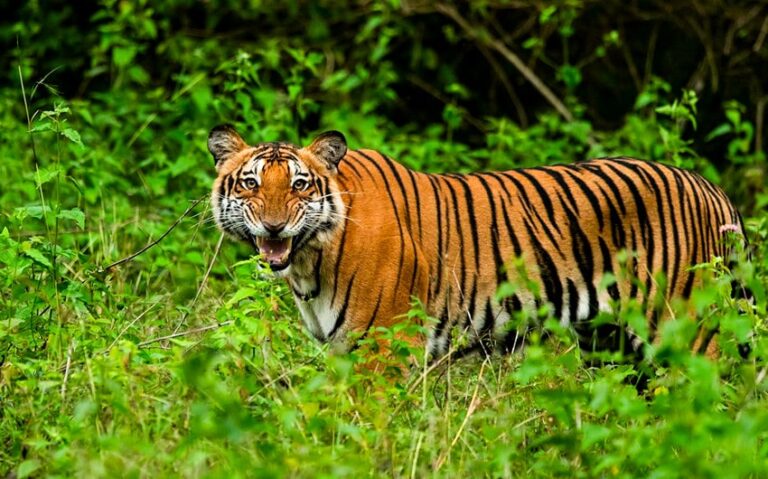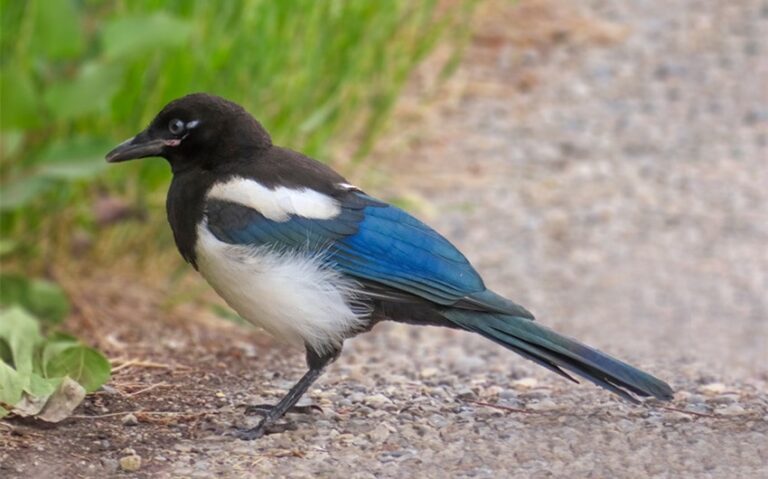Top 12 Rare Birds You’ve Never Heard of Before
Birds are a wonderful part of nature, adding beauty and life to the world around us. But not all birds are easy to spot—some are so rare that they can only be found in a few places, and their numbers are dwindling fast. These rare species face many challenges, from habitat loss to climate change, making their survival uncertain.
In this article, we’ll explore a list of fascinating rare birds and learn about their unique qualities, where they live, and what’s being done to protect them. Join us in discovering these incredible creatures and how we can help them thrive.
Top 12 Rarest Birds in the World
1. Kakapo (New Zealand)
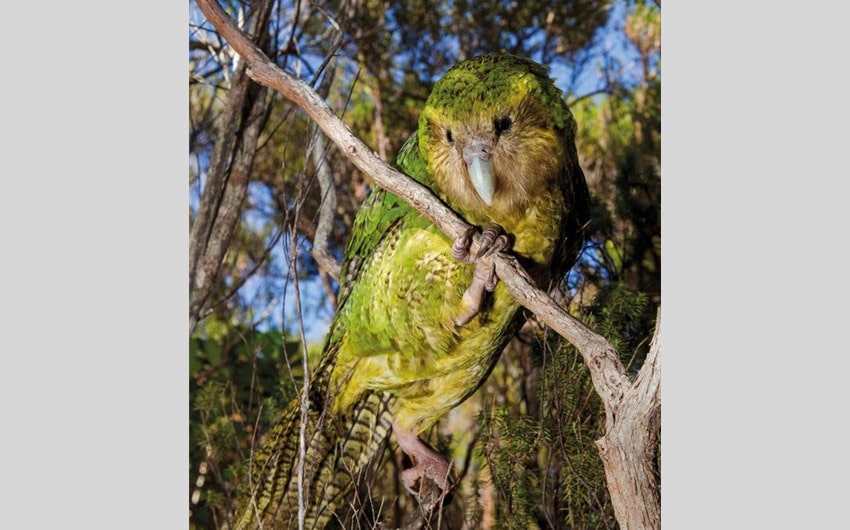
Image source: Pinterest
- Scientific Name: Strigops habroptilus
- Conservation Status: Critically Endangered
- Habitat: Forests of New Zealand
- Population: Less than 250
The Kakapo, a unique species of parrot native to New Zealand, is not only one of the world’s rarest birds but also the heaviest parrot. Unlike most parrots, the Kakapo is nocturnal and flightless, relying on its strong legs to roam the forest floor. With green feathers that help it camouflage in the underbrush, it has developed an extraordinary survival mechanism—except in the face of introduced predators like rats and stoats.
Conservation efforts, including intensive breeding programs and predator control initiatives, have helped increase its numbers slightly. However, the Kakapo remains critically endangered, and its survival depends on continuous human intervention.
2. Spix’s Macaw (Brazil)
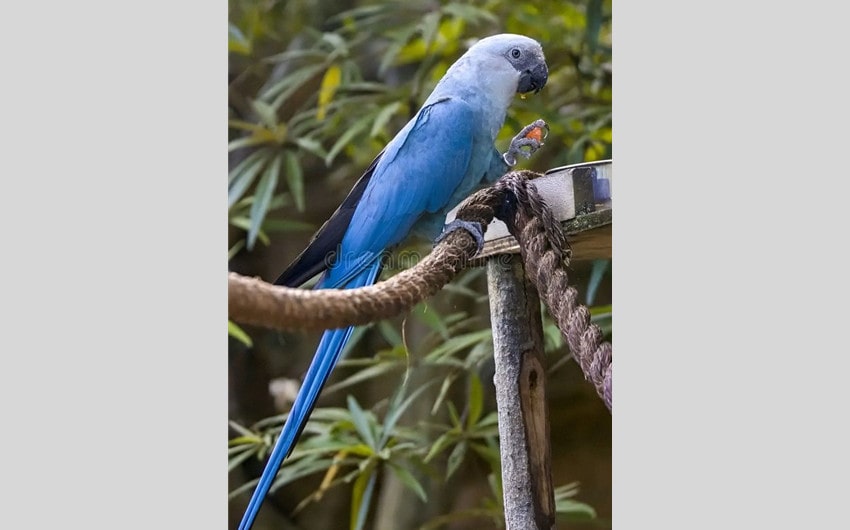
Image source: Pinterest
- Scientific Name: Cyanopsitta spixii
- Conservation Status: Extinct in the Wild (Efforts to Reintroduce)
- Habitat: Dry forests of Brazil
- Population: Fewer than 100 in captivity
Famous for its brilliant blue feathers, the Spix’s Macaw gained worldwide attention after it was featured in the animated movie Rio. Native to Brazil’s Caatinga region, this bird’s habitat has been devastated by deforestation, while illegal trapping for the pet trade further decimated its population.
Declared extinct in the wild in 2000, only a few Spix’s Macaws remain in captivity. Conservationists have been working to reintroduce this species into its natural habitat by breeding them in captivity and restoring their original environment. Although the bird no longer flies free in the wild, there is cautious optimism that it could one day return to its native forests.
3. Imperial Amazon (Dominica)
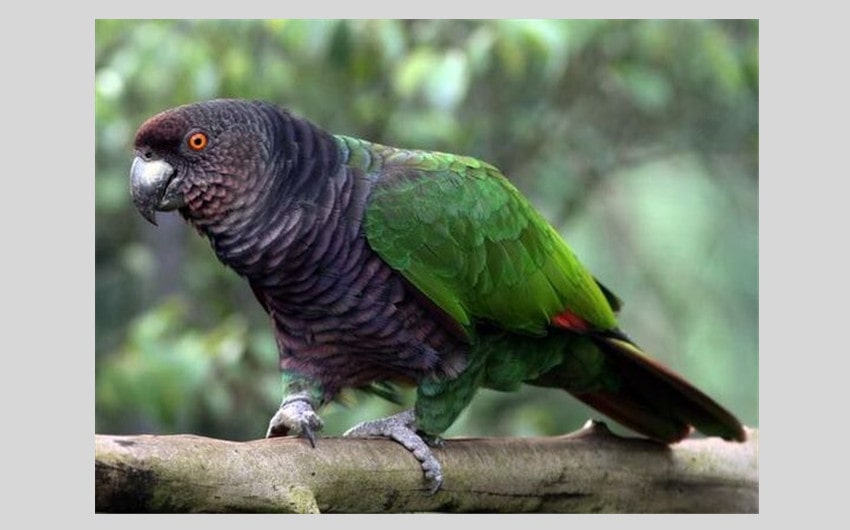
Image source: Pinterest
- Scientific Name: Amazona imperialis
- Conservation Status: Critically Endangered
- Habitat: Montane rainforests of Dominica
- Population: Estimated 50–250
The Imperial Amazon, also known as the “Sisserou parrot,” is the national bird of Dominica and is among the rarest parrots in the world. This large parrot sports vibrant green, purple, and blue feathers, making it one of the most visually stunning species. Found only in the rainforests of Dominica, the bird has faced dramatic population declines due to habitat loss from hurricanes and deforestation.
Conservation programs have focused on protecting its remaining forest habitat and curbing illegal hunting, but its population remains critically low. The future of the Imperial Amazon is uncertain, though continued protection efforts offer hope.
4. Madagascar Pochard (Madagascar)
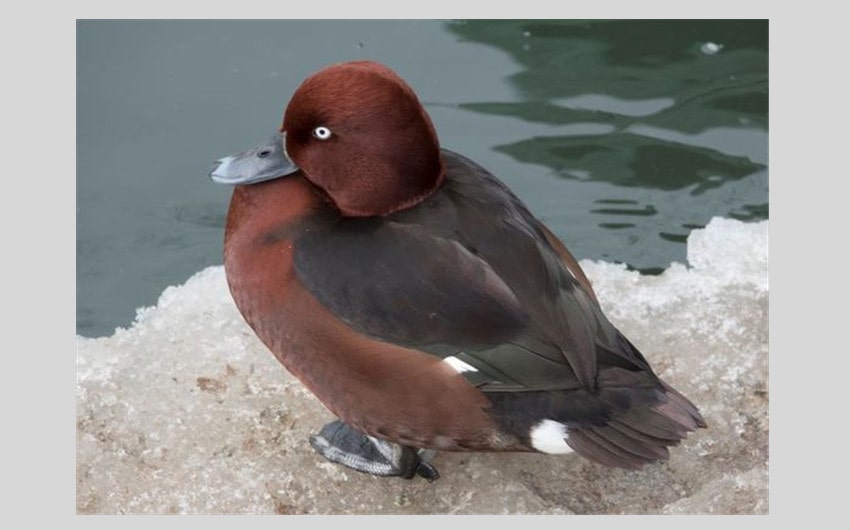
Image source: Pinterest
- Scientific Name: Aythya innotata
- Conservation Status: Critically Endangered
- Habitat: Freshwater lakes in Madagascar
- Population: Estimated fewer than 100
The Madagascar Pochard, considered the world’s rarest duck, was once thought to be extinct until a small population was rediscovered in 2006. This diving duck, native to Madagascar, is now confined to just one small lake in the northern part of the island. The species has been pushed to the brink by habitat destruction and pollution of freshwater lakes.
Conservationists are working on habitat restoration and captive breeding to prevent the complete extinction of the species. The goal is to eventually reintroduce the Madagascar Pochard to other lakes and rebuild its population.
5. Cebu Flowerpecker (Philippines)
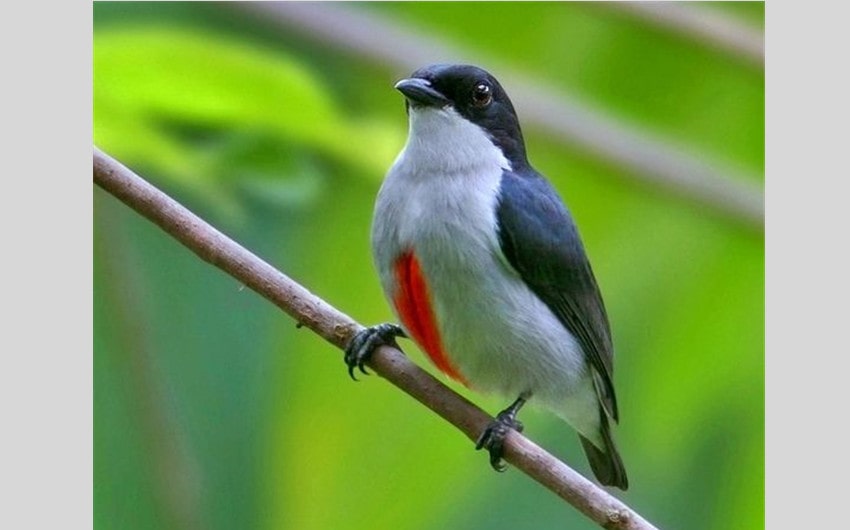
Image source: Pinterest
- Scientific Name: Dicaeum quadricolor
- Conservation Status: Critically Endangered
- Habitat: Forest fragments in Cebu, Philippines
- Population: Estimated 85–105
The Cebu Flowerpecker is a tiny, brightly colored bird endemic to the island of Cebu in the Philippines. It was thought to be extinct for over a century before being rediscovered in 1992. This bird is highly vulnerable due to the almost total deforestation of its native habitat, with only a few patches of forest remaining.
Conservationists have been working to protect these forest fragments and prevent further habitat loss. Despite these efforts, the bird’s population remains critically low, and its survival continues to depend on habitat protection and reforestation initiatives.
6. California Condor (USA)
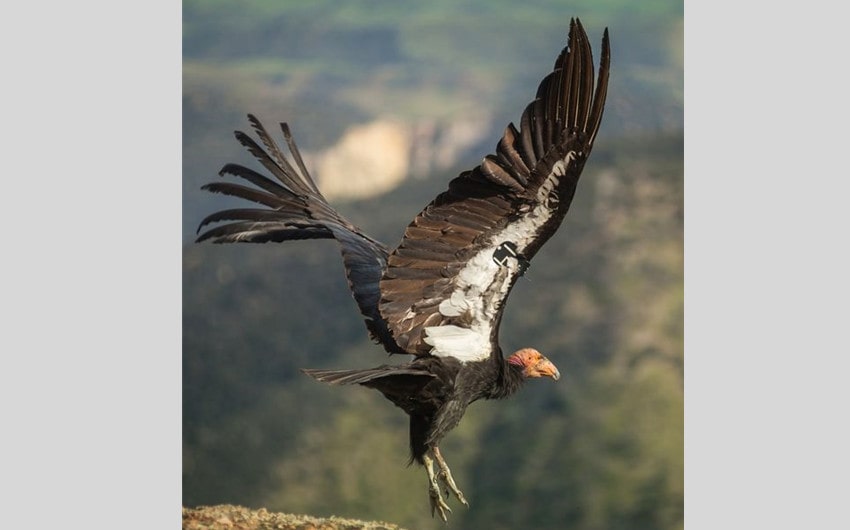
Image source: Pinterest
- Scientific Name: Gymnogyps californianus
- Conservation Status: Critically Endangered
- Habitat: Rocky shrubland and coniferous forests of the western USA
- Population: Approximately 500 (including wild and captive populations)
The California Condor, the largest flying bird in North America, faced extinction in the 1980s when fewer than 30 individuals were left in the wild. This majestic bird, with a wingspan of up to 9.8 feet, was decimated by habitat destruction, poaching, and lead poisoning from ingesting lead-based ammunition in carcasses.
Through an intensive captive breeding and release program, the population has grown to about 500 individuals, with over half of them now living in the wild. While their numbers have rebounded, California Condors remain vulnerable, especially to environmental hazards like lead poisoning, which continues to threaten their recovery.
7. Forest Owlet (India)
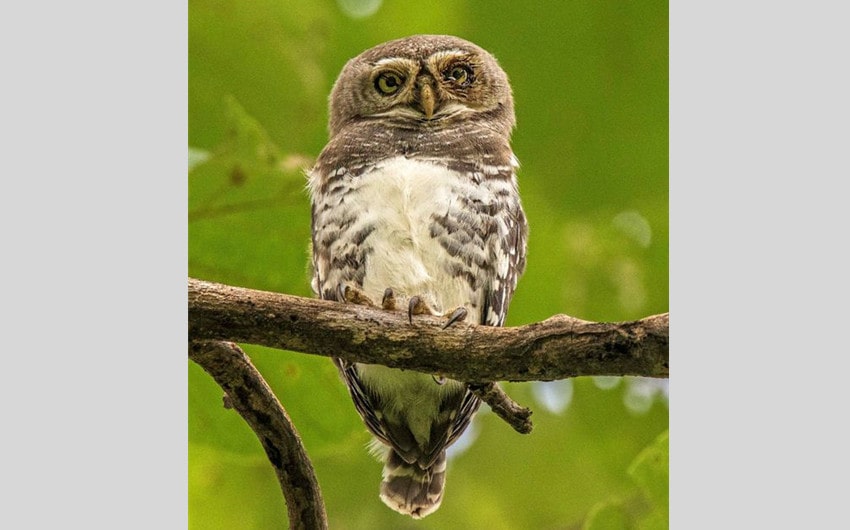
Image source: Pinterest
- Scientific Name: Heteroglaux blewitti
- Conservation Status: Critically Endangered
- Habitat: Dry deciduous forests of central India
- Population: Fewer than 250
The Forest Owlet is one of the rarest owl species in the world. It was thought to be extinct for over a century until it was rediscovered in 1997 in the forests of central India. This small, stocky owl has striking white and brown plumage and hunts primarily during the day, unlike most owls. Habitat destruction and illegal logging pose significant threats to the Forest Owlet’s survival.
Conservationists have focused on protecting the remaining forest patches and implementing breeding programs to prevent further population decline. Despite these efforts, the bird’s future remains precarious due to ongoing habitat loss.
8. Bahama Nuthatch (Bahamas)
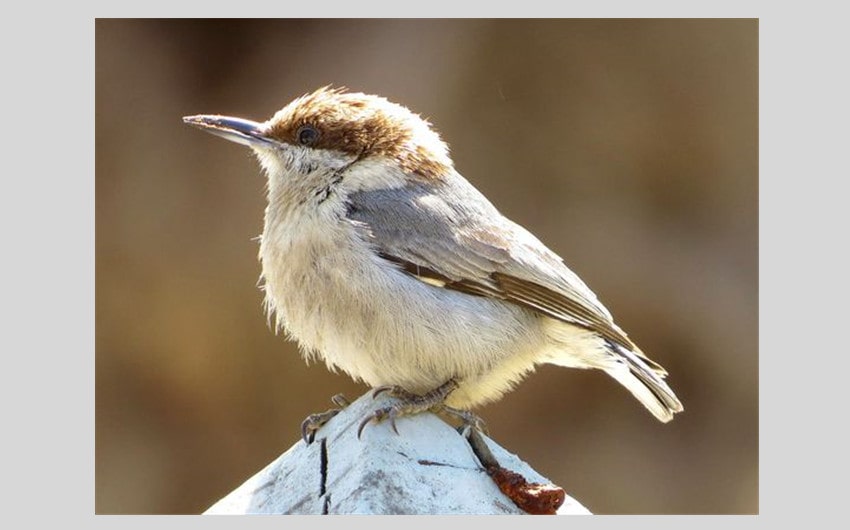
Image source: Pinterest
- Scientific Name: Sitta insularis
- Conservation Status: Critically Endangered (Possibly Extinct)
- Habitat: Pine forests of Grand Bahama Island
- Population: Fewer than 10 (last sighted in 2018)
The Bahama Nuthatch, a small, insect-eating bird, was once common in the pine forests of Grand Bahama Island. However, hurricanes and habitat destruction have caused its population to plummet. In recent years, only a handful of sightings have been recorded, with some experts fearing the bird may now be extinct.
The Bahama Nuthatch is known for its distinctive high-pitched call and its behavior of searching for insects by peeling bark off trees. Conservationists continue to search for surviving individuals, but the future of this species remains uncertain. Restoring its habitat may be the key to its survival if any individuals are found.
9. Hawaiian Crow (Hawaii)
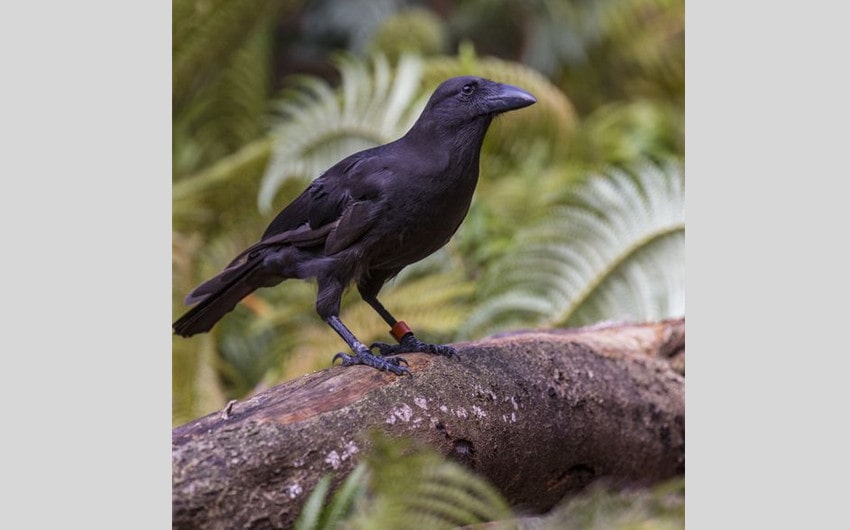
Image source: Pinterest
- Scientific Name: Corvus hawaiiensis
- Conservation Status: Extinct in the Wild (Reintroduced in Captivity)
- Habitat: Native forests of Hawaii
- Population: Approximately 115 in captivity
The Hawaiian Crow, also known as the ‘Alalā, is a highly intelligent bird once native to the forests of Hawaii. It played a critical role in dispersing seeds of native plants, contributing to the health of its ecosystem. However, habitat destruction, disease, and predation by introduced species caused the bird’s numbers to collapse.
By the early 2000s, the species was declared extinct in the wild. Efforts to reintroduce the Hawaiian Crow into protected areas have been ongoing, with captive breeding programs showing promise. Although still critically endangered, the reintroduced population provides a ray of hope for the survival of the species.
10. Blue-Eyed Ground-Dove (Brazil)
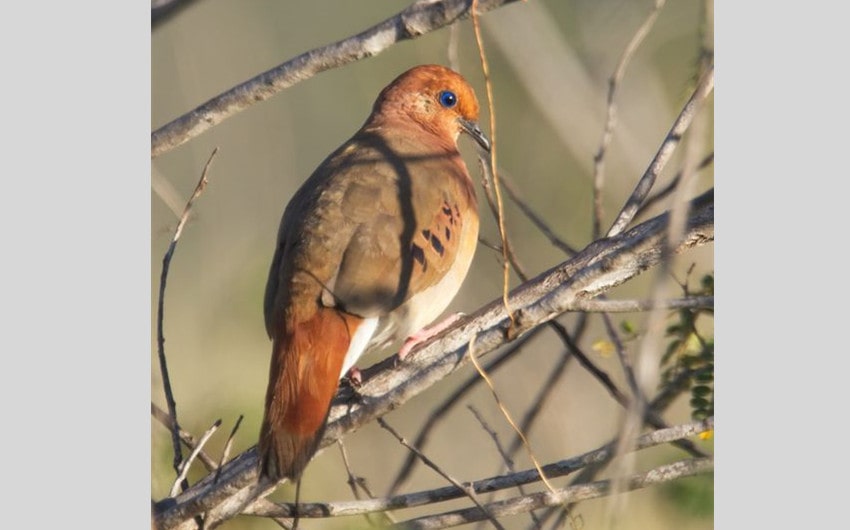
Image source: Pinterest
- Scientific Name: Columbina cyanopis
- Conservation Status: Critically Endangered
- Habitat: Cerrado savannas of Brazil
- Population: Fewer than 20
The Blue-Eyed Ground-Dove is one of the most elusive and rarest birds in Brazil. Characterized by its vibrant blue eyes and spotted brown feathers, it was rediscovered in 2015 after being thought extinct for over 70 years. The bird’s habitat, the Cerrado savanna, has been heavily impacted by agriculture and land development, leaving the species with only a few small refuges.
Conservation efforts are now focused on protecting these critical habitats and initiating breeding programs to boost the population. The Blue-Eyed Ground-Dove’s rarity and recent rediscovery have made it a symbol of hope for bird conservation in Brazil.
11. Stresemann’s Bristlefront (Brazil)
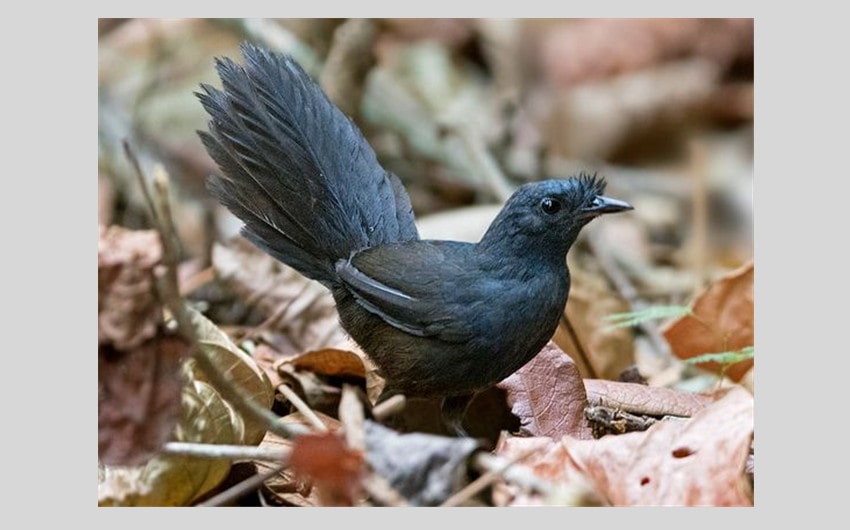
Image source: Pinterest
- Scientific Name: Merulaxis stresemanni
- Conservation Status: Critically Endangered
- Habitat: Atlantic forests of Brazil
- Population: Fewer than 20
The Stresemann’s Bristlefront is one of the rarest birds in the world, with fewer than 20 individuals estimated to remain in the wild. This small, ground-dwelling bird is known for its distinctive bristle-like feathers around its beak. It inhabits the rapidly disappearing Atlantic forest of Brazil, a region that has been severely deforested.
The primary threats to this bird include habitat destruction and fragmentation. Conservationists are racing against time to protect the remaining forest fragments and establish protected areas for this critically endangered species. Efforts are also underway to locate any undiscovered populations and create breeding programs.
12. Black Stilt (New Zealand)
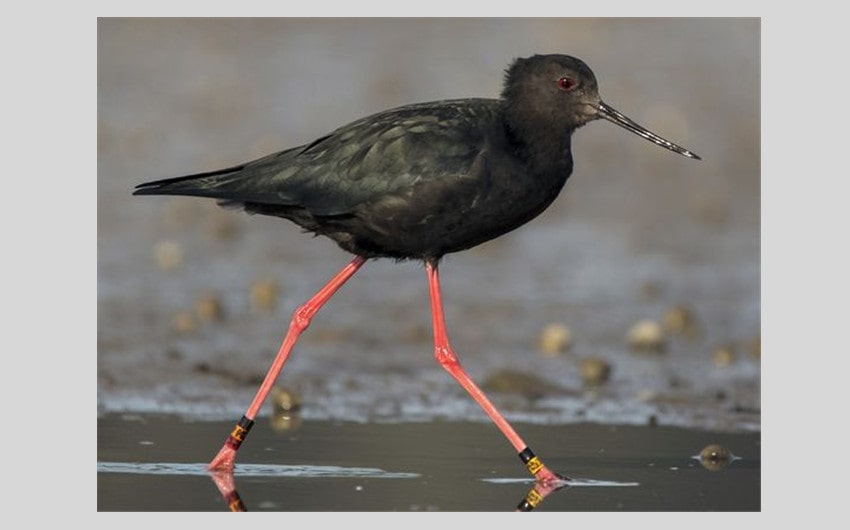
Image source: Pinterest
- Scientific Name: Himantopus novaezelandiae
- Conservation Status: Critically Endangered
- Habitat: Shallow wetlands of New Zealand
- Population: Approximately 130
The Black Stilt, native to New Zealand, is the world’s rarest wading bird. Its striking black plumage sets it apart from other stilt species, which are typically white and black. Once widespread across New Zealand, the Black Stilt’s numbers declined drastically due to habitat destruction, introduced predators, and hybridization with other stilt species.
Conservation programs have focused on predator control and captive breeding to save the species from extinction. Today, the population stands at around 130, and while the bird’s survival is still threatened, these efforts have given it a fighting chance at recovery.

